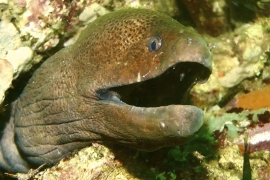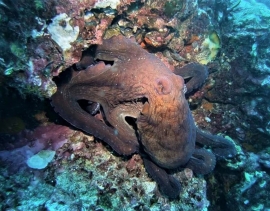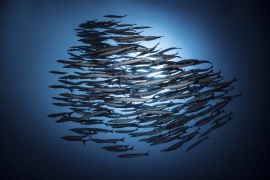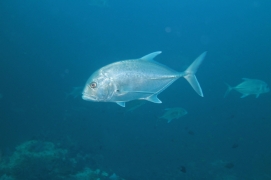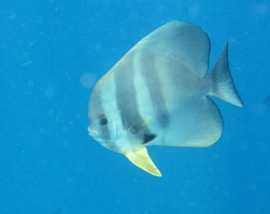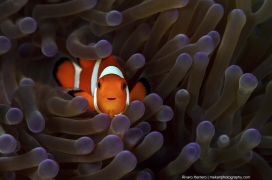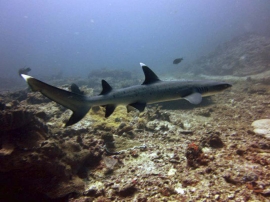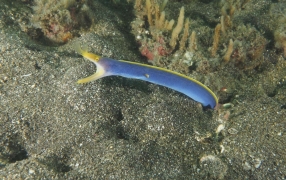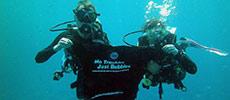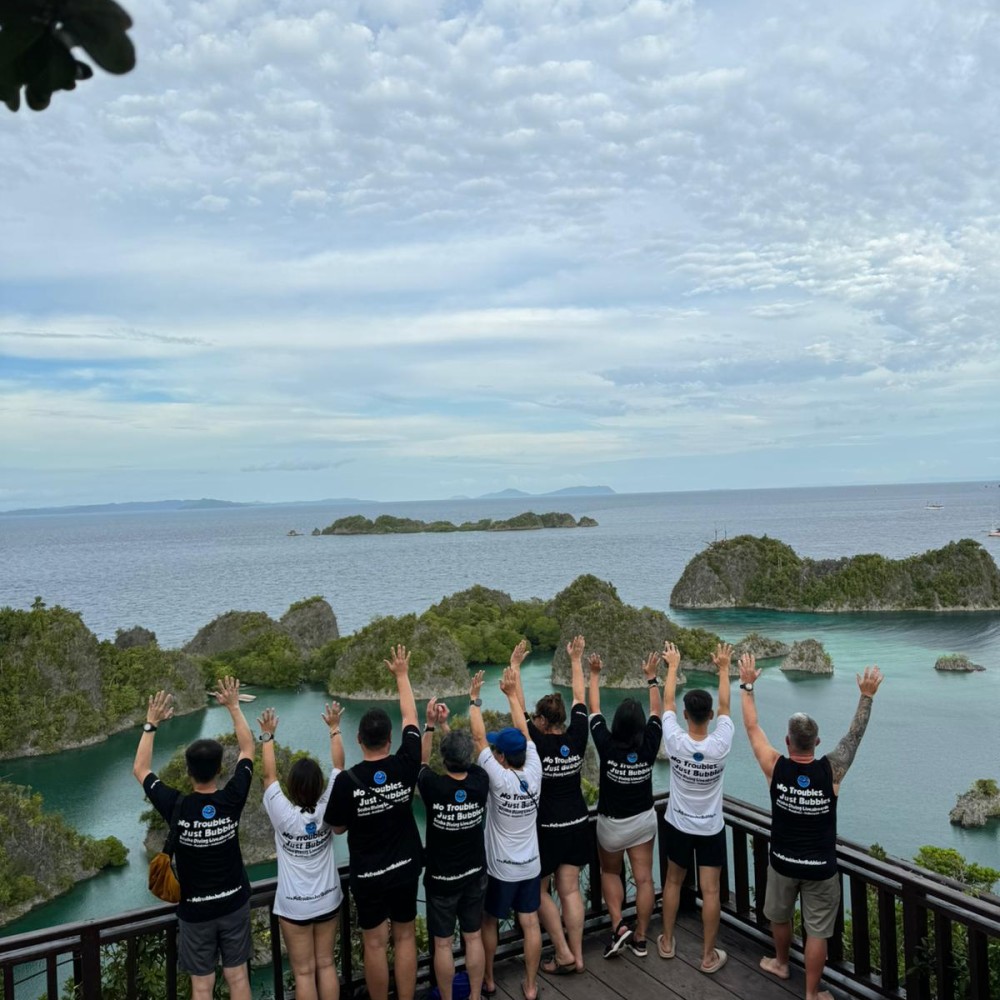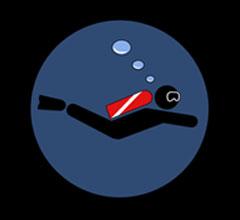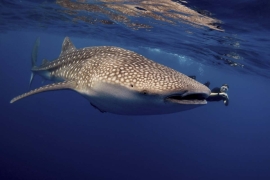
Raja Ampat Liveaboard Diving
Raja Ampat diving is regarded by many in the know as the best diving in the world and is located on the eastern fringes of Indonesia. Here, on the western edge of The Pacific Ocean, there are countless forms of marine life near the surface and at depth. While most of the remote islands and exposed reefs are extremely difficult for diving enthusiasts to get to, Raja Ampat is relatively straightforward.
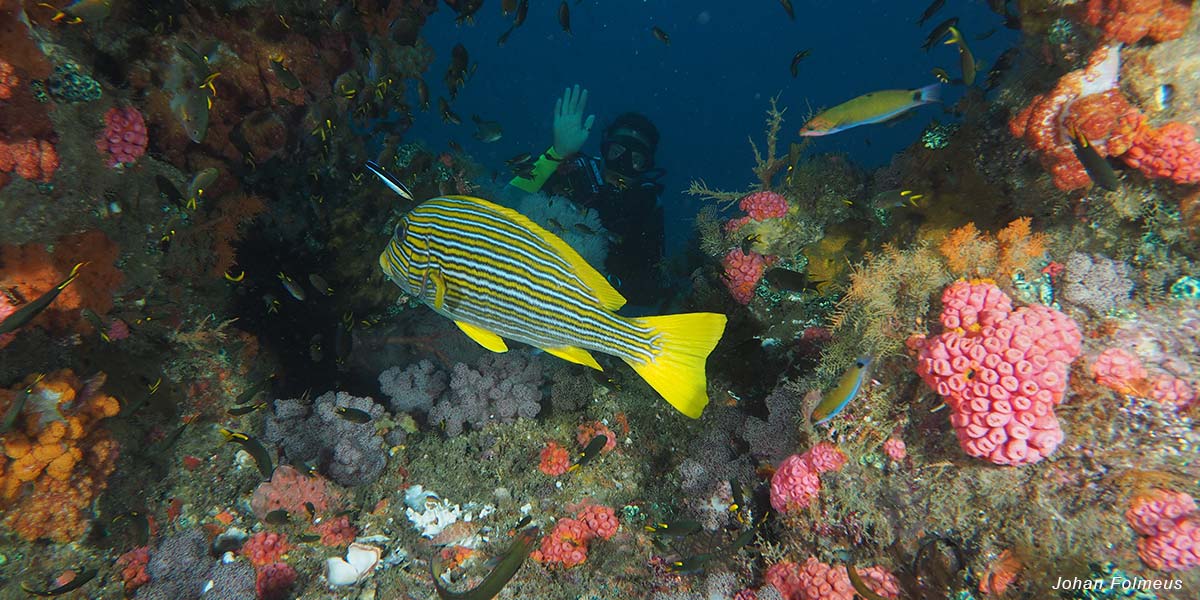
Raja Ampat dive sites are found in a group of more than 1,000 islands off the northwest tip of Papua New Guinea, and part of Indonesia’s West Papua province. The islands include the largest National Marine Park in Indonesia (Cenderawasih Bay) and are the northernmost pieces of land of the continent of Australasia. Diving Indonesia just keeps getting better and better. Due to the extremely remote location from the rest of the developed world, the area is untouched and unexplored in many parts. While the local people have only recently seen tourists and many things we regard as everyday items, they are very welcoming to foreigners. Naturally, fishing is the main occupation and source of income for locals, but tourism is increasing and helping to bring in extra money. Scuba diving in Raja Ampat is growing rapidly, mainly due to the ever-improving infrastructure and development of places to stay and eat as well as dive centres. However, at present, it is still possible to enjoy a diving trip where you visit world-class dive sites without another boat or group of divers insight. While day trips and courses are possible for those wanting to base themselves in a local homestay, guesthouse, hotel or resort, diving Raja Ampat is best done by liveaboard cruise (diving safari). On boats large enough to accommodate up to thirty guests, the best dive sites can be visited at a leisurely pace and as often as you choose.
Due to the remote and distant location of this wonderful diving region, it is vital to plan and book well in advance. West Papua has an airport in Sorong, from where there are a few options to get to your dive resort or Raja Ampat liveaboard boat. It is a long and tiring journey to get all the way to Raja Ampat to scuba dive, but it is worth the effort. Anywhere else in the world, where travel is simple, overdevelopment and overcrowding soon spoil the natural environment everyone comes to see. In addition, even if the crowds and developments are acceptable, air and sea pollution are unavoidable. There are no such worries here in Raja Ampat, where the natural beauty both above and below the sea remains intact. Anyone who wants to dive at the most remote and possibly best dive spots in the world should consider Raja Ampat scuba diving in West Papua, Indonesia.
Conditions at Raja Ampat
When to dive at Raja Ampat
October - April. It's possible to dive at Raja Ampat all year round, but the monsoon season of May - September can cause unpredictable sea conditions and sometimes high waves. The waves can prevent some crossings between islands, including getting over to Misool. Visibility is also better in the high season (November - March).
What type of dive site is Raja Ampat
Mostly coral reefs. There are dozens of different dive sites within Raja Ampat. Although some are deep, most of the beauty of the area is well within reach of most divers. At many dive sites, you don't need to go deep to see the best marine life.
Where is Raja Ampat?
Raja Ampat is within the vast archipelago of The Republic of Indonesia, in the north-east corner. To its north and east lies the Pacific Ocean, to its south is the Banda Sea, and its west the Molucca Sea. Halmahera & Ceram Seas are within Raja Ampat.
How to get to Raja Ampat
Liveaboards from Sorong and/or Waigeo. Raja Ampat liveaboard diving trips tend to be at least a week long. Due to the distances to cover, the number of dive sites, and the cost of national marine park fees, day trips are not really possible for diving at Raja Ampat.
Who can dive at Raja Ampat
No minimum limits. Some of the dive sites are suitable for inexperienced divers, but nearly everyone who dives there has an Advanced certification and a decent amount of experience.
What marine life can you see at Raja Ampat?
Being one of the best places in the world to dive, Raja Ampat naturally has lots of life. Species from the smallest to the largest live or visit here. Healthy colourful corals attract everything from tiny shrimps, nudibranchs and seahorses to large shoals of reef fish. And of course the larger species come to hunt or to be cleaned.
Summary of Raja Ampat
Raja Ampat is regarded by many as the best place in the world to dive. There are dozens of world-class dive sites, teeming with colourful life. Many species are found nowhere else on earth, and new species are being discovered here all the time. The area's reote loaction and spread-out dive sites, means that it can never be crowded with boats or divers, and you will always feel special and 'away from it all.' Infrastructure is improving every season, making the experience better for all.

